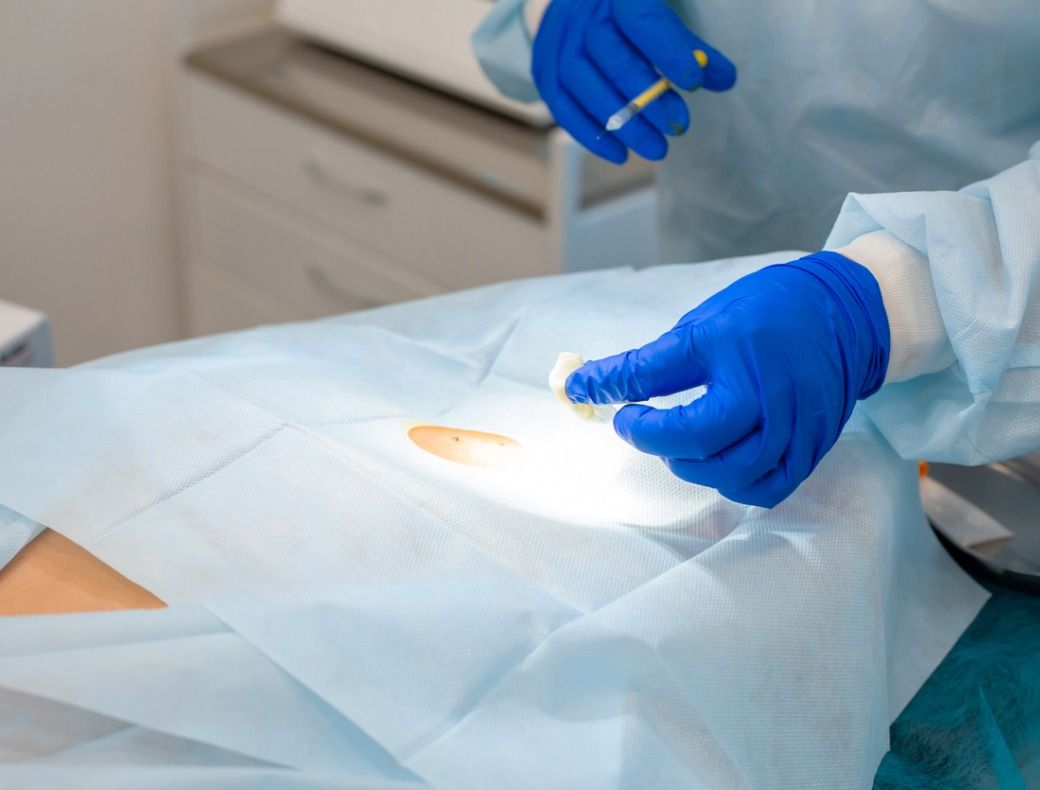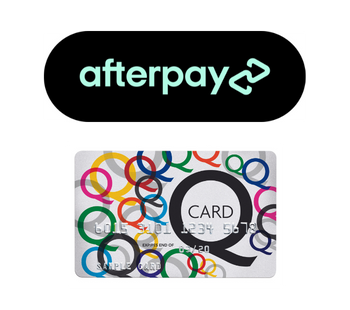
There are numerous surgical skin cancer removal options – some of which are discussed at greater length on their own pages. They include excision with simple closure, excision with skin graft, excision with skin flap, curettage with cautery, electrosurgery and Mohs Micrographic surgery/PDEMA surgery.
Each procedure has its different benefits, and we will always be sure to find the treatment option with the best optimal outcome for you.
In addition to consultations, there’s usually a two-step process to surgical skin cancer treatment:
The different surgical treatment options are briefly discussed here – more information can either be found on their respective pages, or your doctor can better inform you when you have a consultation.

At Skin Institute there are easy ways to spread your payments. You can pay off your treatment or products over time with QCard or Afterpay. Or simply pay by cash, Eftpos or credit card.
Afterpay
Apply for Afterpay HERE
Q Card
Apply for Q Card HERE